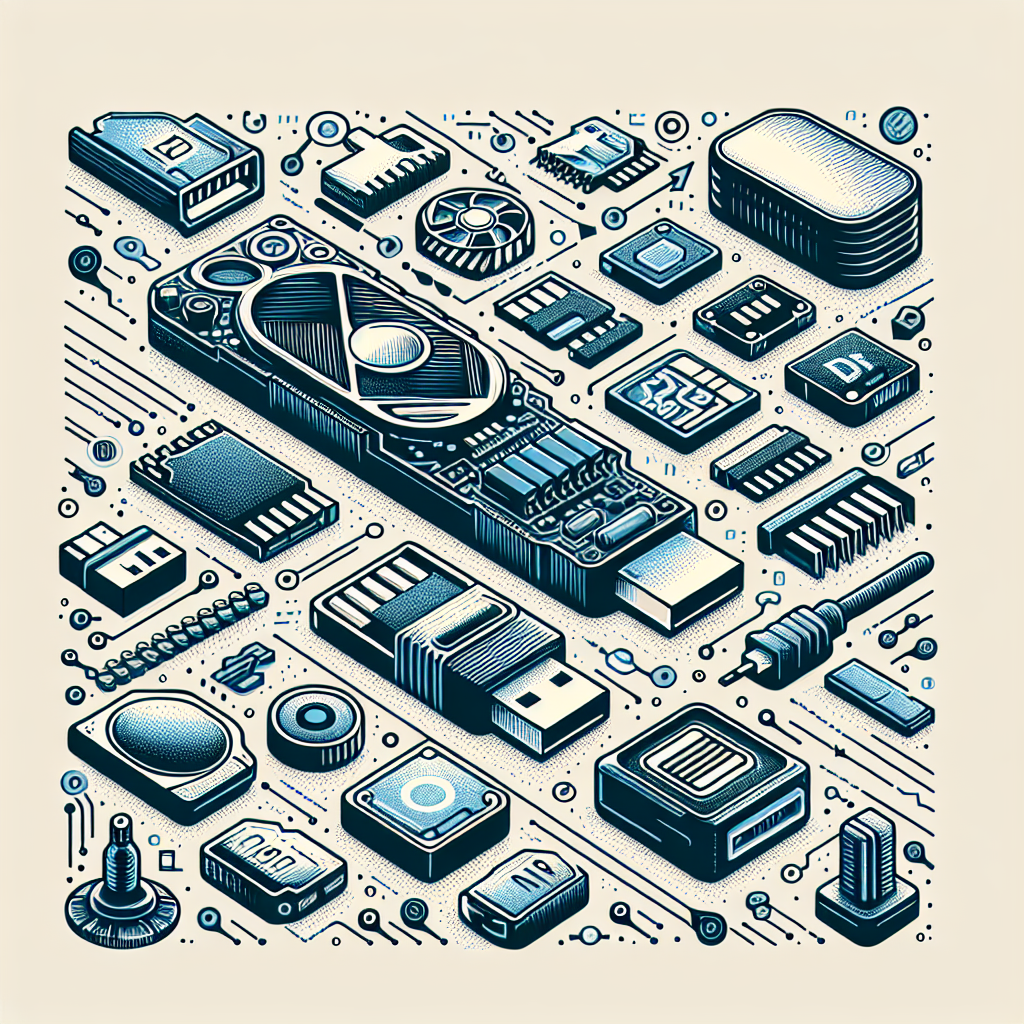Breaking Down the Different Types of Non-Volatile Memory and Their Uses
Non-volatile memory is a type of computer memory that retains its data even when the power is turned off. This is in contrast to volatile memory, such as RAM, which loses its data when the power is turned off. Non-volatile memory is essential for storing data that needs to be retained even when the device is powered down, such as operating system files, application data, and firmware.
There are several different types of non-volatile memory, each with its own unique characteristics and uses. In this article, we will break down some of the most common types of non-volatile memory and their uses.
1. Flash Memory
Flash memory is one of the most popular types of non-volatile memory and is commonly used in devices such as USB drives, solid-state drives (SSDs), and memory cards. Flash memory is known for its high speed and reliability, making it ideal for storing data that needs to be accessed quickly and frequently. Flash memory is also used in mobile devices, cameras, and other electronics that require compact and durable storage solutions.
2. EEPROM (Electrically Erasable Programmable Read-Only Memory)
EEPROM is a type of non-volatile memory that can be read from and written to multiple times. EEPROM is often used in devices such as microcontrollers, where data needs to be stored and updated periodically. EEPROM is also used in applications that require small amounts of non-volatile memory, such as storing device settings and configuration data.
3. MRAM (Magnetoresistive Random Access Memory)
MRAM is a relatively new type of non-volatile memory that uses magnetic fields to store data. MRAM offers fast read and write speeds, low power consumption, and high endurance, making it ideal for applications that require high performance and reliability. MRAM is used in a variety of applications, including embedded systems, industrial automation, and automotive electronics.
4. NVRAM (Non-Volatile Random Access Memory)
NVRAM is a type of non-volatile memory that combines the features of RAM and non-volatile memory. NVRAM retains its data even when the power is turned off, but can also be accessed and updated like traditional RAM. NVRAM is used in applications that require fast read and write speeds, such as caching and buffering in networking devices and storage systems.
5. FRAM (Ferroelectric Random Access Memory)
FRAM is a type of non-volatile memory that uses ferroelectric material to store data. FRAM offers fast read and write speeds, low power consumption, and high endurance, making it ideal for applications that require high performance and reliability. FRAM is used in a variety of applications, including smart meters, medical devices, and industrial control systems.
In conclusion, non-volatile memory plays a crucial role in storing data that needs to be retained even when the power is turned off. From flash memory to MRAM, there are several different types of non-volatile memory, each with its own unique characteristics and uses. By understanding the different types of non-volatile memory and their uses, developers and engineers can choose the right memory solution for their specific application requirements.


